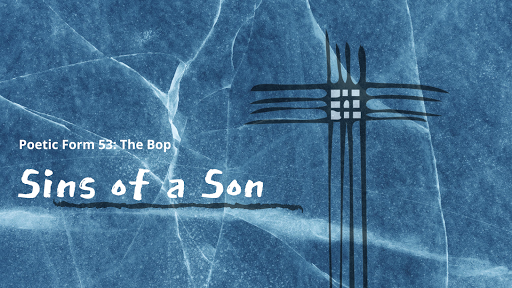Twenty-two years gone by today.
One man, one woman, building a life
through moments of joy and strife.
Twenty-two years gone by today.
One man, one woman, building a life.
Six names born into the world.
Each with their own talents furled.
One man, one woman, building a life.
Six names born into the world.
Late night cries during storms.
Stories told in blankets kept us warm.
Six names born into the world.
Late night cries during storms
of rain and tragedy. Our story
tells of the power of love’s glory.
Late night cries during storms.
Of rain and tragedy. Our story
unfolds with each new day.
Even when we don’t know the way.
Of rain and tragedy; our story.
Twenty-two years gone by today.
One man, one woman, building a life
through moments of joy and strife.
Twenty-two years gone by today.
Poetic Form #52: Catena Rondo
The catena rondo is composed of a variable number of quatrains with a rhyme pattern
of AbbA. The first line of each quatrain is also the final line of the quatrain. Then, the
second line is the first line of the next quatrain The final quatrain repeats the first quatrain
word for word. There are no rules for meter, syllables, or subject matter.





